Icelandic national dress. Posted by hulda on May 19, 2016 in Icelandic culture, Icelandic history
Icelandic national dress, þjóðbúningur, has a long, long history and each of them is a work of art. Made of wool, richly embroidered and decorated with a great amount of jewellery the dresses are often family treasures, given to the next generation or borrowed for a relative for important occasions such as graduation or the Independence Day in 17th June when you’ll see a wide variety of them paraded around downtown Reykjavík. The men’s options are narrower but women have roughly speaking five styles to select from, three of them being actually based on women’s clothes in the past and two designed in the 19th century.
Faldbúningur
Oldest of the women’s dresses, faldbúningur dates back to the 17th-18th century. The older variant is often more colourful and comes with a headdress called krókfaldur, which is taller and larger than the later, flat and spoon-like spaðafaldur. The later variants are entirely black, which is a very customary colour for women’s national dress in general. Any faldbúningur can also be worn with a tailcap instead of a headdress and since those are easier to wear women often opt for them instead. In my personal opinion krókfaldur is the most beautiful of them all.
Faldbúningur is the only national dress that comes with a strange, round collar, often heavily decorated. It used to have an actual function even further back in time when it supported a huge neck ruff (link), but by the time this dress dates from those were already old news.
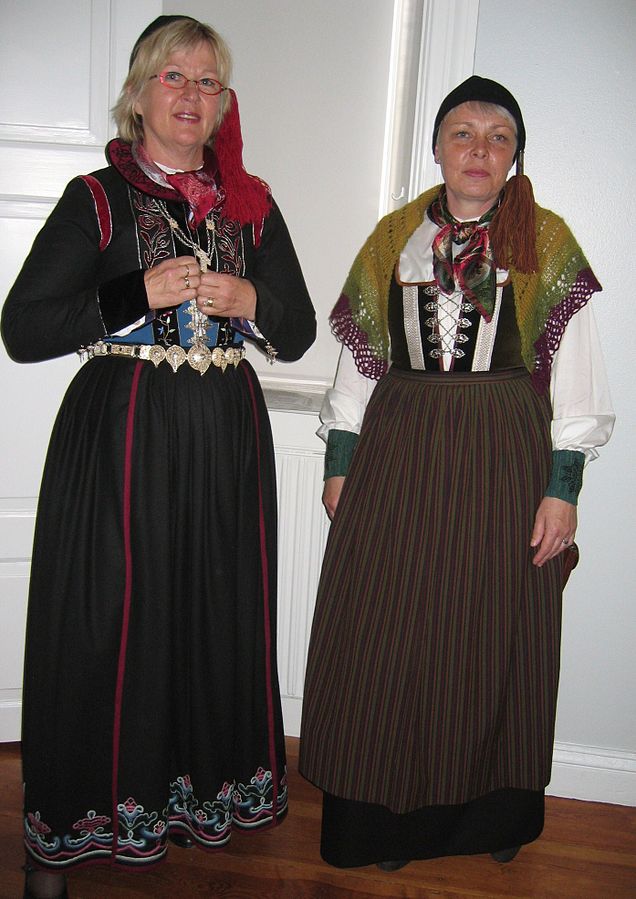
Íslenski faldbúningurinn at Wikimedia commons. A great comparison photo of faldbúningur on the left and upphlutur on the right!
Upphlutur
Much simpler than the faldbúningur and entirely different in appearance, upphlutur is still closely related to it! Upphlutur used to be an underdress to faldbúningur but evolved into a dress style of its own by ditching the jacket and adding an apron.
Upphlutur also has era variation in style, with older styles using more colourful fabrics, newer styles using plain black but also more jewellery. Upphlutur is worn with the tail cap and the fabric of the apron is often up to the wearer to decide upon. It’s by far the most popular choice especially among young women so it’s likely the one you’ll see most often, but even so the variation between the dresses makes it seem like you never see two alike.
Peysuföt
Simplest of the historical dresses is peysuföt: the dress is typically black, although oldest versions could be dark blue as well. The cut is simple and the front of the dress is designed to be buttoned both at the neck and under the breasts so that the undershirt shows in the gap, creating the most familiar look of an Icelandic national dress.
There’s an older and newer variation of peysuföt too, but the differences aren’t as obvious as in the other two. The newer ones have wider sleeves and often a larger neck tie. Both types are worn with tailcaps and the apron styles are just as relaxed as with the upphlutur, if the wearer wants to wear an apron made of machine-made lace decorated with gold threads that’s what she’ll do!
Kyrtill and Skautbúningur
These are the newer types, both designed by the same man Sigurður Gudmundsson. He took the faldbúningur and added (what he thought were) viking-era touches to it and creating an entirely new kind of a headdress that also used something old in it – namely the flat, spoon-like part of spaðafaldur. He added a wide, often heavily decorated gold band around the base and a white veil over the whole thing, and whenever you see pictures of Iceland’s personification you’ll most likely see her dressed in either one of these two dresses. The kyrtill is either bright blue or white, whereas skautbúningur is typically black and has the peysuföt-type opening at the breast.
Men’s national costumes
You might say there were four types of men’s costume, but alas two have disappeared from use and one of the types currently in use is a modernized version. That leaves only one type of costume that actually has historical basis that’s still in use. It has a long-sleeved shirt and a wide vest with two rows of buttons, a wool coat with more buttons and knee-length wool trousers, with even more buttons! The modernized look has long trousers instead but I’ve always found the knee length + long socks suit the look better. Men wear a tailcap, although a different, less showy style than the one women wear. Men’s costume comes with wider colour variation but tends towards dark, muted colours. Examples of the men’s costume are harder to come by than women’s, but you can find some online f.ex. here.
The historical version is simply called Þjóðbúningur karla (= men’s national costume) while the newer is called Hátíðarbúningur. The disappeared styles were Fornmannaklæði (link) which took influence on viking era clothes and an unnamed style, a simplified version of the national costume.
Children’s costumes
Children’s costumes are the same as adults’, only in smaller size. Boys don’t usually wear a wool coat far as I’ve seen, and girls’ dresses are shorter. Both girls and boys often wear simplified versions and rarely, if ever, jewellery.
Are you maybe planning on visiting Iceland in mid-June? Wait until the 17th June and see how many different kinds of dresses you find going around downtown!

Build vocabulary, practice pronunciation, and more with Transparent Language Online. Available anytime, anywhere, on any device.
About the Author: hulda
Hi, I'm Hulda, originally Finnish but now living in the suburbs of Reykjavík. I'm here to help you in any way I can if you're considering learning Icelandic. Nice to meet you!



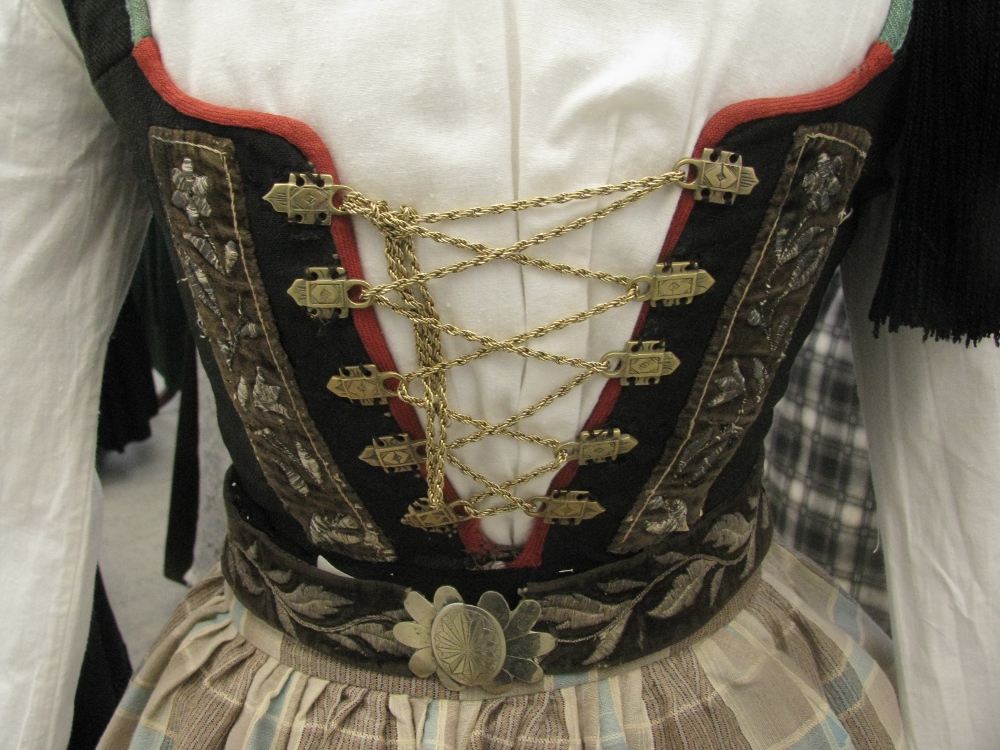
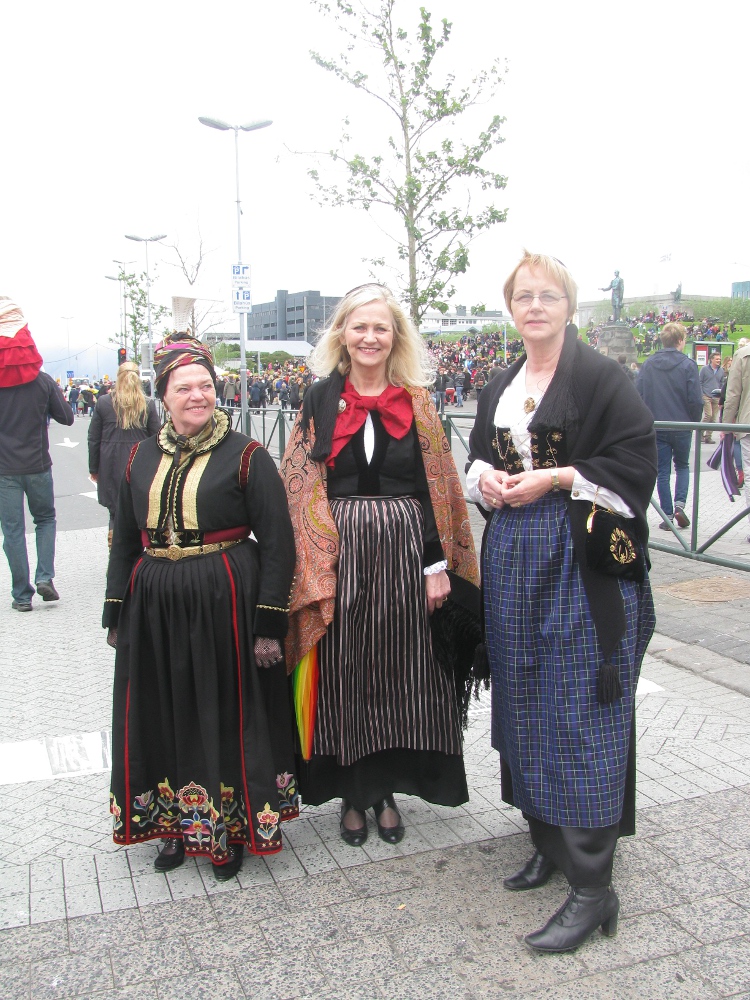
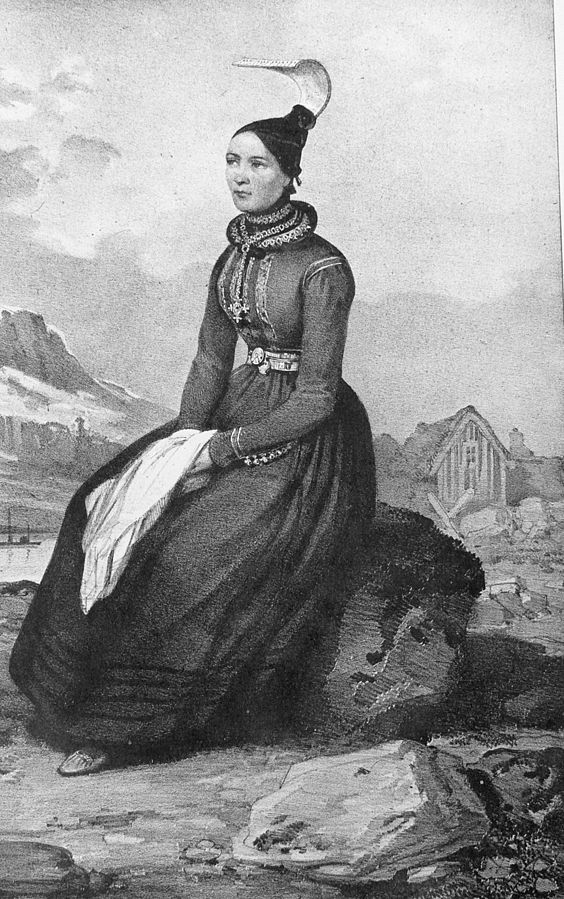
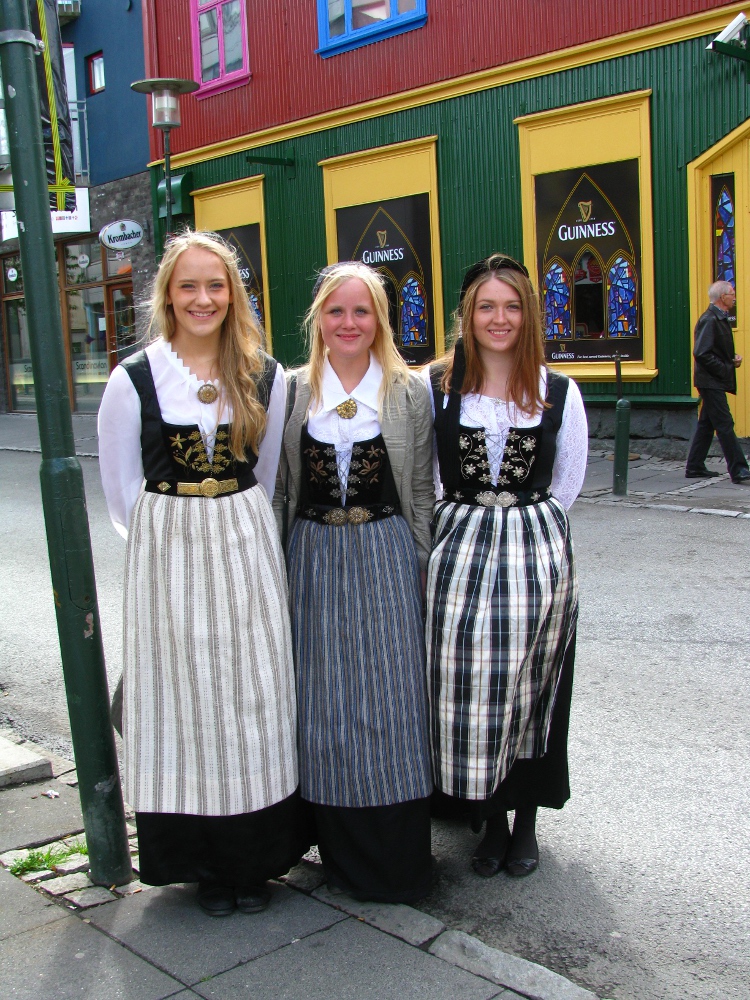
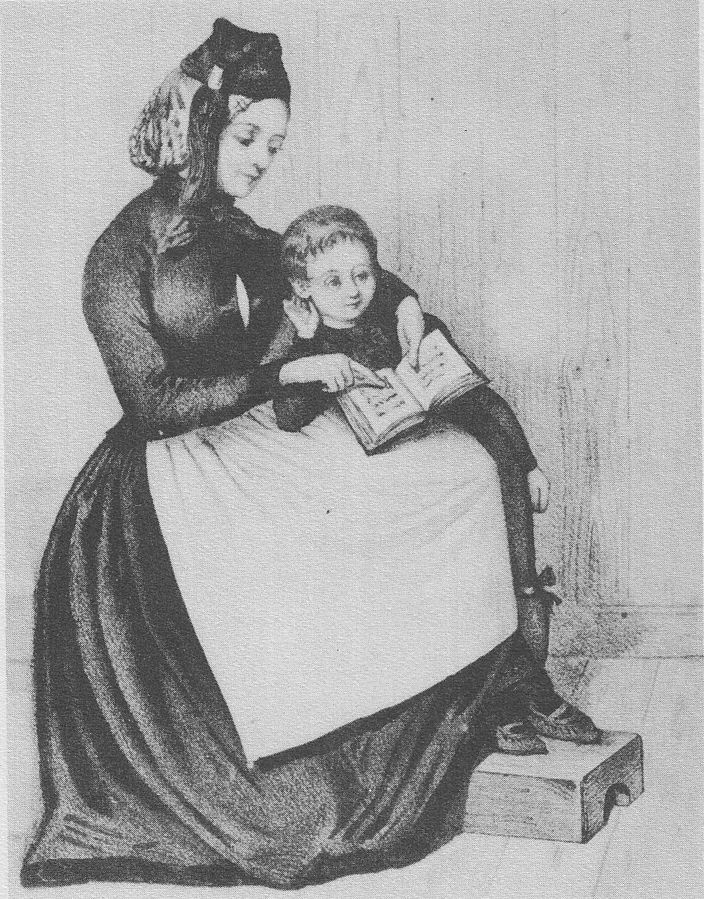
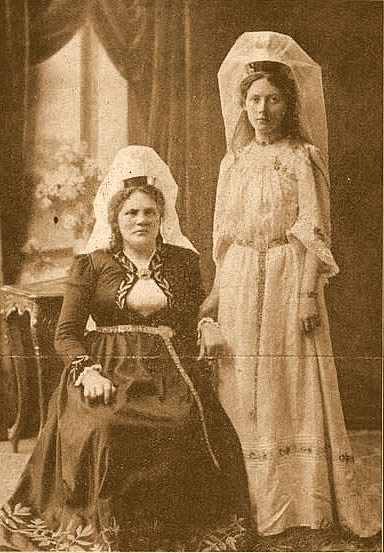

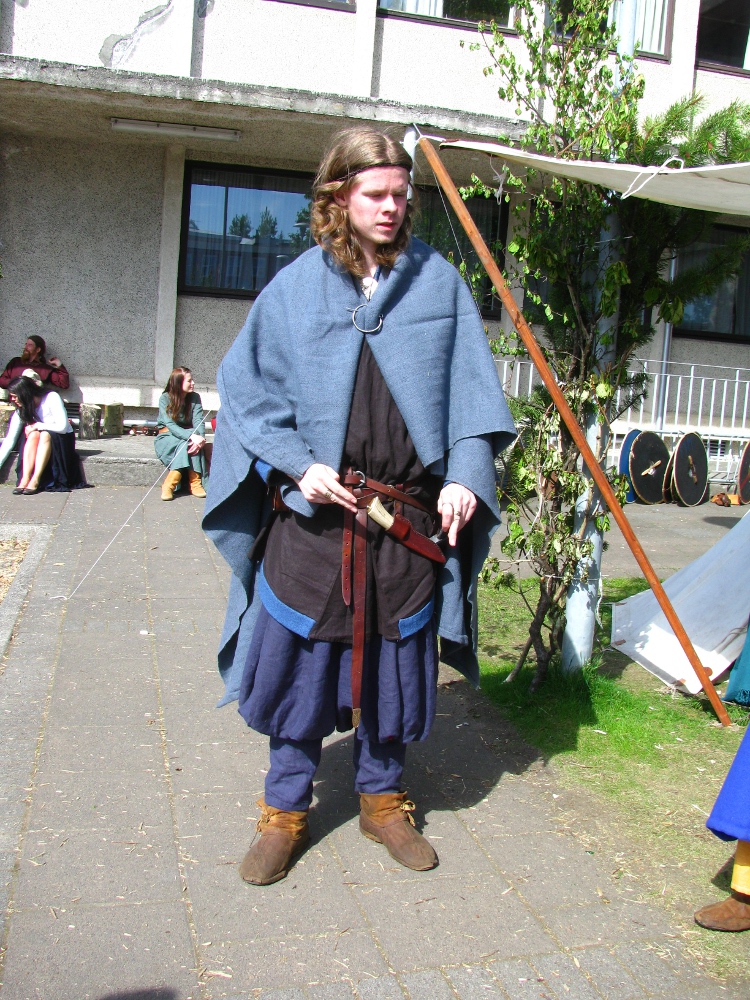
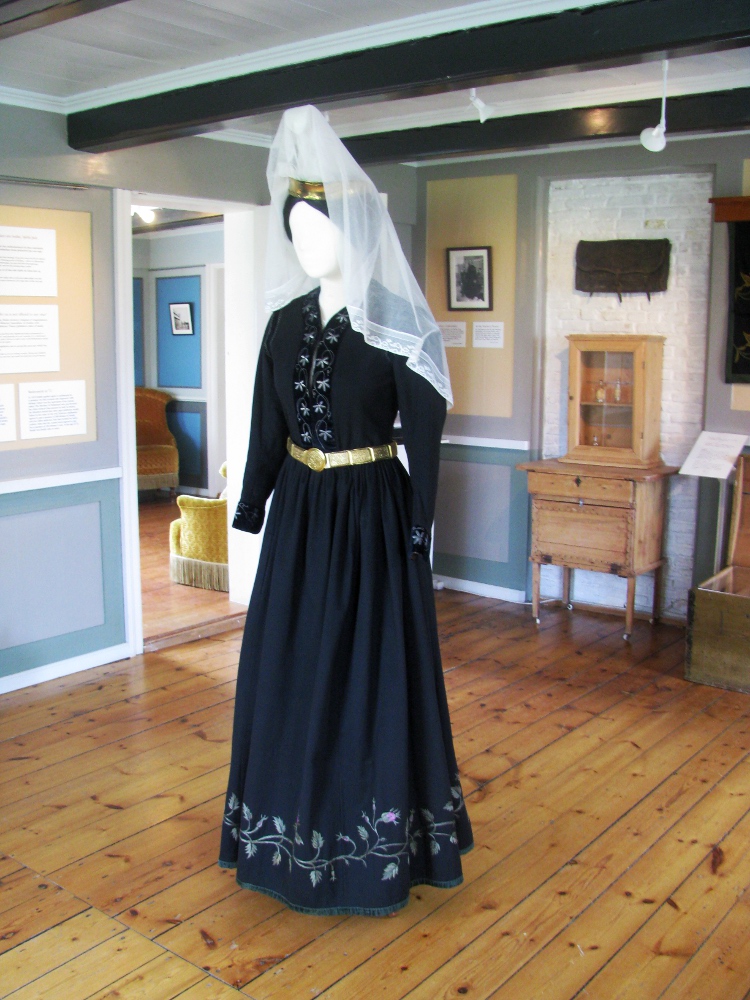

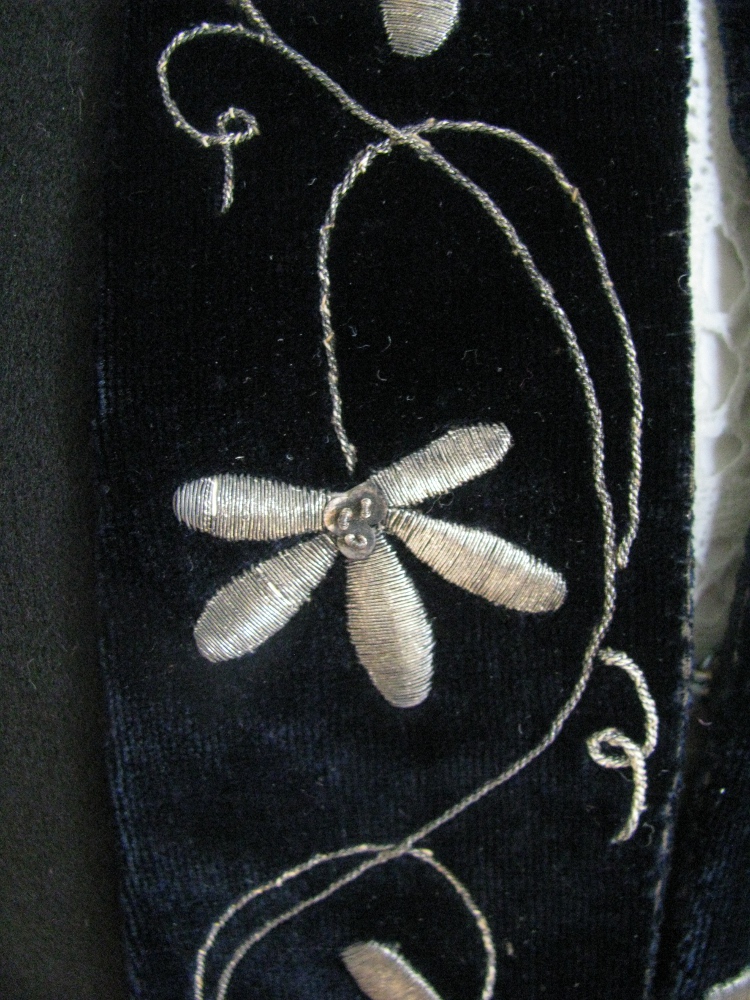

Comments:
Chelsea:
Hello Hulda, I read your blog above and had a question. Are the three different dresses worn in a specific region or city in Iceland? I was interested about the Upphlutur specifically. Thank you.
Hulda:
@Chelsea Hi! Icelandic national dresses are not location specific, so anyone from anywhere in Iceland can choose to wear whichever dress they want to. Some types are crazy expensive though, so you don’t see them that often…